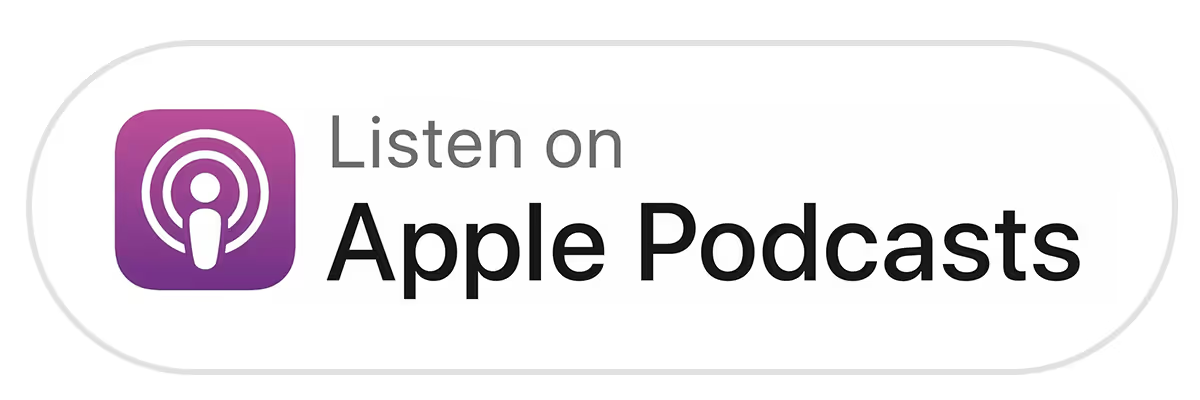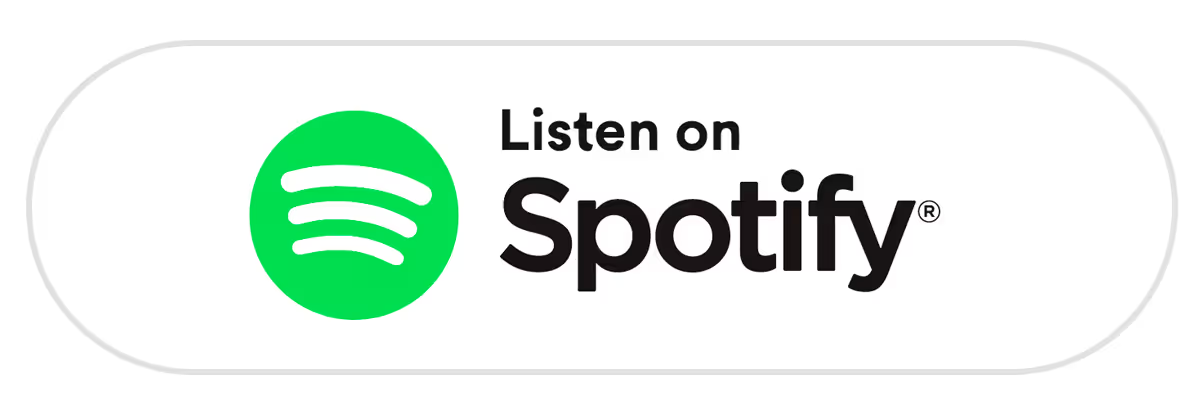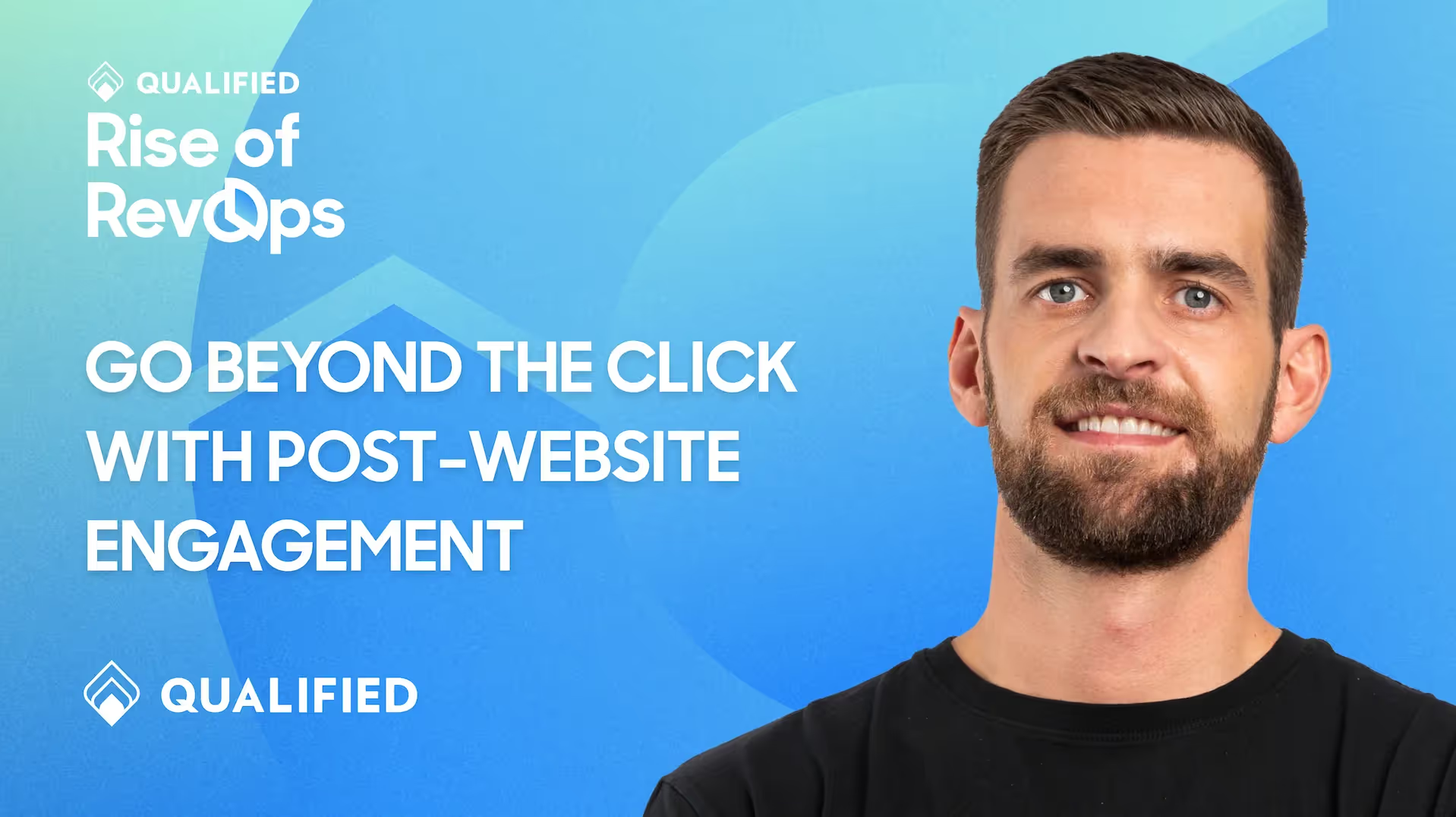Working Cross-Functionally to Overcome Rev-Obstacles with Seth McGuire, Chief Revenue Officer at Galileo Financial Technologies
On this episode, Seth discusses the importance of working cross-functionally to overcome obstacles, putting people first internally and externally, and his recipe for RevOps success.




















.svg)



